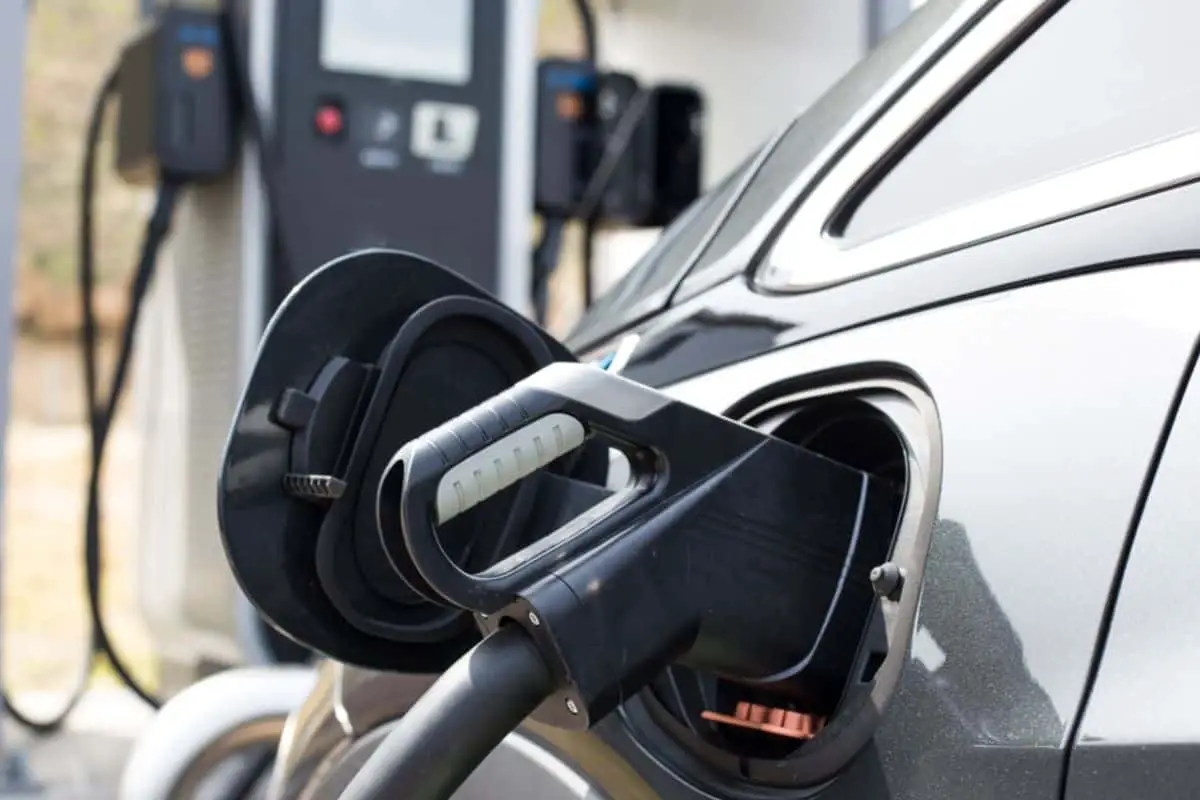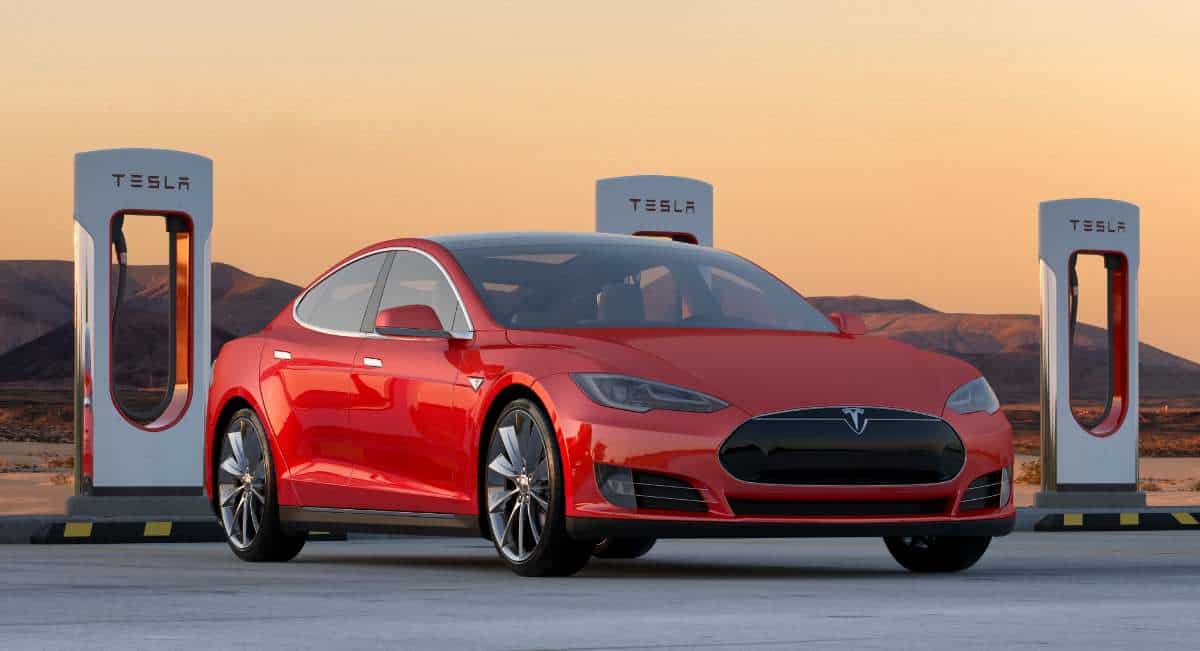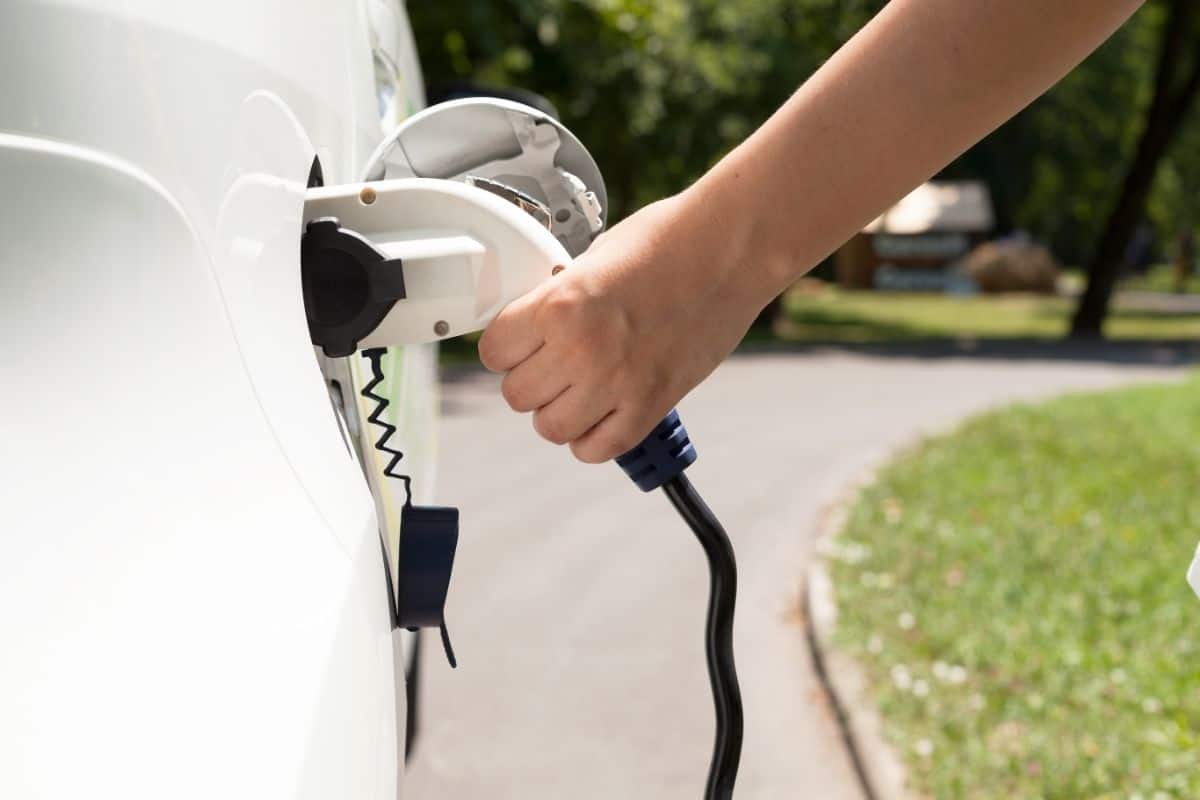Electric vehicles have three levels of charging, all of which have different charging speeds and levels of power. In this article, I will be looking at these charging levels and their differences. Let’s get started.

The Three Different Levels Of Electric Vehicle Charging
There are three levels of charging for electric vehicles, split simply into levels one, two, and three. When the charging level is higher, the process is quicker as there is more power going to the vehicle.
Different electric vehicles will charge at different speeds for each of the three levels, which is important to keep in mind. This is because each electric vehicle is able to accept a different level of power from the EVSE.
The EVSE for an electric vehicle refers to the charger for the car, otherwise known as the electric vehicle supply equipment.
Find out more about how electric cars work.
Let’s take a look at each of the three levels that are available when it comes to electric vehicle charging.
Level One: 120-Volts
Level one is the lowest charging level, which uses a regular 120-volt household outlet. Thanks to its common nature, level one can be used by any and every plug-in hybrid or electric vehicle.
Due to using a voltage that is used with common with household outlets, level one vehicles can be charged by plugging the EVSE into a normal wall outlet.
That being said, level one is also the slowest way of charging any electrical vehicle. When it comes to the amount of range that level one charging offers, it can add between around three to five miles of range per hour.
Plug-in hybrid electric vehicles work particularly well with level one charging, as they have much smaller batteries, usually coming in at less than 25 kilowatts per hour.
Electric vehicles tend to have more substantial batteries, so level one charging can be too slow in regard to daily charging for an EV.
However, if an EV is only needed to drive short distances on a daily basis, then a charging level of one can be utilized. That being said, EV owners tend to find more solid ground with level two charging.
Connectors that use level one charging include Tesla and J1772.

Level Two: 208-Volts To 240-Volts
This is the most common charging level for the daily charging of an electric vehicle, with a charging rate that is able to replenish a more significant range per hour- between 12 and 80 miles- in comparison to level one charging.
This can vary depending on the level of the power output of the EVSE charger, as well as the maximum charge rate of the vehicle itself.
Charging equipment for level two is also relatively common, often found in public locations such as public transportation hubs and shopping centers. They can also be installed with relative ease at home or at the workplace if needed.
Most electric vehicle owners will choose to have their own level two charging equipment installed at home rather than charge with level one, as level two can charge up to ten times faster than level one can.
Level two sources can charge a vehicle almost completely when left overnight, even if the battery of the vehicle is almost empty when plugged in.
Chargers for level two offer up to 80 amps in terms of power, but that much power will need a dedicated circuit of 208 to 240 volts as well as 100 amps. They will also need a supply line from the breaker box, which is not only heavy but also pretty costly.
There are other options available, such as a 40 amp charger that is able to deliver around 9.6 kilowatts to an electric vehicle. You can also opt for a 48 amp charger, which can charge up to 11.5kW, making it slightly faster.
However, this kind of amp charger needs to use a heavier gauge wire, which could be somewhat cumbersome. This amp charger also has to be hardwired in order to comply with the National Electric Code. 48-amps only offers somewhat faster charging, but it is far more costly.
Connectors that use level two include Tesla and J1772, much like level one.
Level Three: 400-Volts To 900-Volts
The third and final charging level, level three is the fastest possible charging level for any electric vehicle. They can charge at a very fast rate of between three and twenty miles of range per minute.
Level three charging is also different from both level one and level two charging in that it uses direct current rather than alternating current.
This makes the voltage much higher than level one and two charging, which is the reason why you won’t find many level three chargers installed in residential locations, as there are very few areas that are able to offer the high level of voltage that is required.
Direct current fast chargers can be incredibly expensive too, with DC fast chargers costing upwards of tens of thousands of dollars to install and maintain.
Even if you live in an area that is able to provide the voltage that you need, the amount that it will cost to get the charger installed and maintained is likely to be more expensive than your car itself!
Electric vehicles that have a level three charging rate often have certain names given to them by their companies, with Tesla’s level three being called a Supercharger and Nissan’s called CHAdeMO.
Connectors that use level three include Tesla and CHAdeMO.
How Does An Electric Vehicle Charge?

Once an EV has been plugged in, a communication process has to occur before the charger of the car can be energized. This process involves the car asking the charger just how much power it is able to deliver.
When this is done, the car will then call for the largest amount of power that it can accept and that the charging station can deliver.
Is There A Risk Of Overcharging?
Thankfully, there is no risk of overcharging your electric vehicle due to your car being able to determine how much power it can accept.
Therefore, when plugging your car into a charging station, there is no chance that the car will take in more power than it is able to handle. The car simply will not allow this to happen, so have no fear of overloading!
Final Thoughts
You should now have a more thorough understanding of the three levels of charging for electric vehicles.
Level two is the most common that you will find, but level one and level three are also available should you have an EV that could do better with a lower or higher level of voltage (and one that can handle it!).
- Tesla Charger Installation Cost (Home Setups) - March 1, 2024
- Tesla Phone Key Disconnected (Troubleshooting Guide and Quick Fixes) - March 1, 2024
- Tesla FSD 12 (Explained) - March 1, 2024